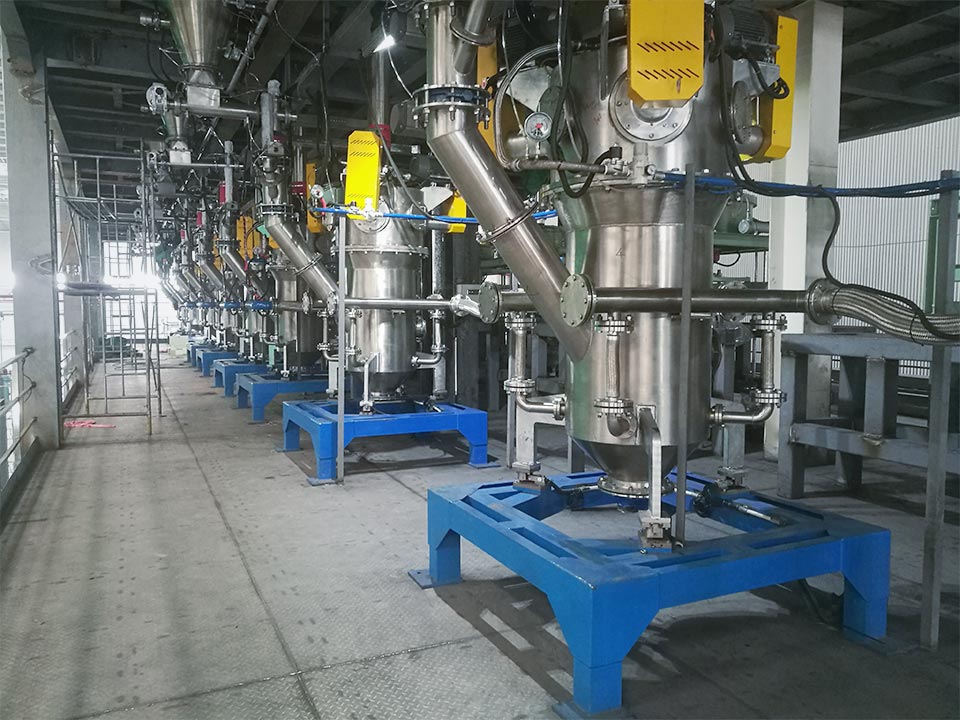Ultra-fine grinder helps the development of lithium battery materials
The ultra-fine grinder has a uniquely designed grading chamber and a grading wheel with frequency conversion speed regulation. It does not need to be equipped with a screen and can classify the product size at a low speed. The circulating feed structure not only strictly limits the “large particles”, but also avoids excessive crushing, so the product has a narrow particle size distribution. The classification wheel is used for classification, which avoids the difficulty of passing the powder with more than 150 mesh.

The main wear parts of the ultra-fine grinder: flat teeth, round teeth, large and small grinding teeth. The flat teeth and round teeth are made of stainless steel and have a good dynamic balance. If they are severely worn, they should be replaced. The size of the self-made metal processing should be specified, and the weight difference of each piece shall not exceed 1g to avoid vibration damage to the bearing and the machine.
At present, ultra-fine grinders have been used in batches for the cathode materials of lithium batteries, mainly including lithium cobalt oxide, lithium nickel oxide, lithium manganate, lithium nickel cobalt manganate (ternary material) and lithium iron phosphate. The crushing of the cathode material is a very critical process. Currently, commonly used equipment includes jet mills, mechanical mills, and sand mills.
As the capacity of the lithium-ion battery increases, the internal energy stored increases, and the internal temperature will increase. In severe cases, a short circuit may occur, thereby damaging the battery. Coating high-purity ultra-fine alumina on the surface of PP, PE or multilayer composite diaphragm can improve the safety of lithium-ion batteries.
What is the working principle of the ultra-fine grinder? The high-speed airflow generated by the air source system enters the pulverizing system, causing the material to rotate at a high speed, and the material collides with the material to achieve the purpose of ultra-fine pulverization. When materials enter the grading system, only materials that meet the particle size requirements will be collected, and those that do not meet the particle size requirements will be sent back to the crushing chamber to continue crushing. Repeat this process until the material meets the standard. The ultra-fine grinder can be used for the pulverization of chemical raw materials and non-metallic minerals.
